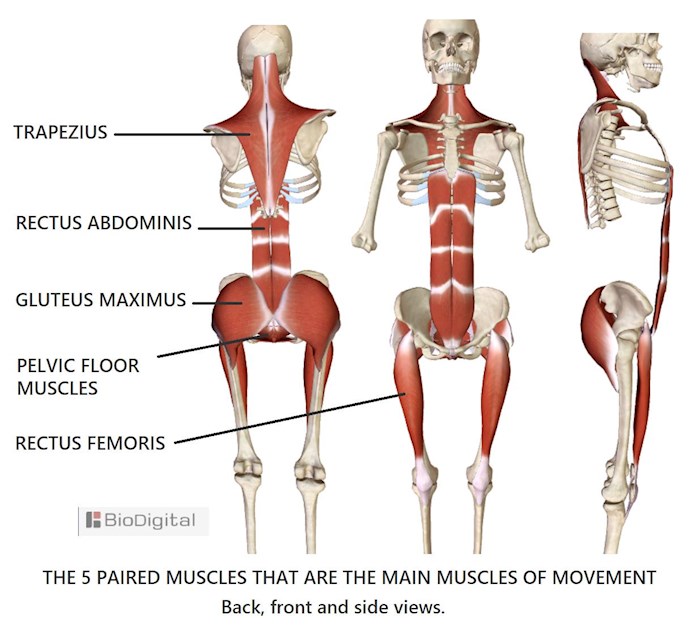Hi, my name is Leigh. I was in pain since a small child. I don't remember a time when there wasn't pain. The foot spasms, tight calves, shin splints, sore knees, pulled hamstrings, restricted hips, pelvic pains, chronic bad back and sacral pain. The abdominal pains, sore ribs, frozen shoulders and burning upper back, stiff neck, crunching jaw, face pain and headaches ...
And then there where the random shocks and spasms, the sudden intense itching, stabbing, biting and gnawing sensations. The chest palpitations, abdominal 'pulsing', restless legs, eye twitches, white fingers, numbness and pins and needles in my arms and legs. The aching limbs that fatigued quickly, the constant feeling of exhaustion. I never slept well and had recurring dreams and nightmares.
I was in a deep depression by the age of 21.
Rock bottom was at 40 years old, stuck on the floor one morning, screaming with pain unable to move. Caught in a web of pain that I can't start to describe. That was the changing point in my life. I knew I couldn't go on as I was. I started Pilates and swimming (very gentle and slow, I was to scared to strain and spent a lot of time just breathing and trying to activate my "core").
3 months in, my depression lifted one day as I stood up from a roll-down. It was that dramatic, I could feel how all my mental issues were due to the chronic pain and suddenly I felt hopeful that life could improve.
That was the start of the development of my "Base-Line theory of Human Health and Movement, the 5 main muscles of movement and conscious proprioception." as I learned to focus on how I used my body and slowly freeing myself from all the pain and trauma I had been carrying around.
Starting from, and always working from my Base-Line muscles - pelvic floor Base, rectus abdominis Line. These muscles are our core pillar of strength and the central connectors for body and mind.
Then thinking about the gluteus maximus and rectus femoris muscles of each leg becoming strong and working in tandem to align the hip and knee joints, allowing the other leg muscles to work as they should.
The trapezius muscles connecting the upper body to Base-Line support. The trapezius muscles should be free to extend in all directions, without pain or tension, supporting the head and arms through a full range of movement.
Slowly I have released the physical tensions on my body, reliving and then releasing all the pain I had been carrying around. Regaining my natural range of movement, balancing my body. Feeling how to heal by developing my sense of conscious proprioception.
Feeling my true alignment based on the anatomical structures on the median plane - starting with the linea alba, then nuchal and supraspinous ligaments.
Feeling better than I ever have before, so I am here to share my story in the hope that it will help others to learn to use their body's better.
It was over two and a half years of hard slog to release the physical tensions that were the source of all my pain. I had a lot of pain to relive in order to release it, but every day was progress towards a more balanced body and mind.
Have a look at the anatomy, think about these muscles and practice breathing with your Base-Line. Think stronger and longer with every in-breath. Connect with your body and get to know your pain. See how you feel after a few months...
This post got very long very quickly, thanks for reading!

